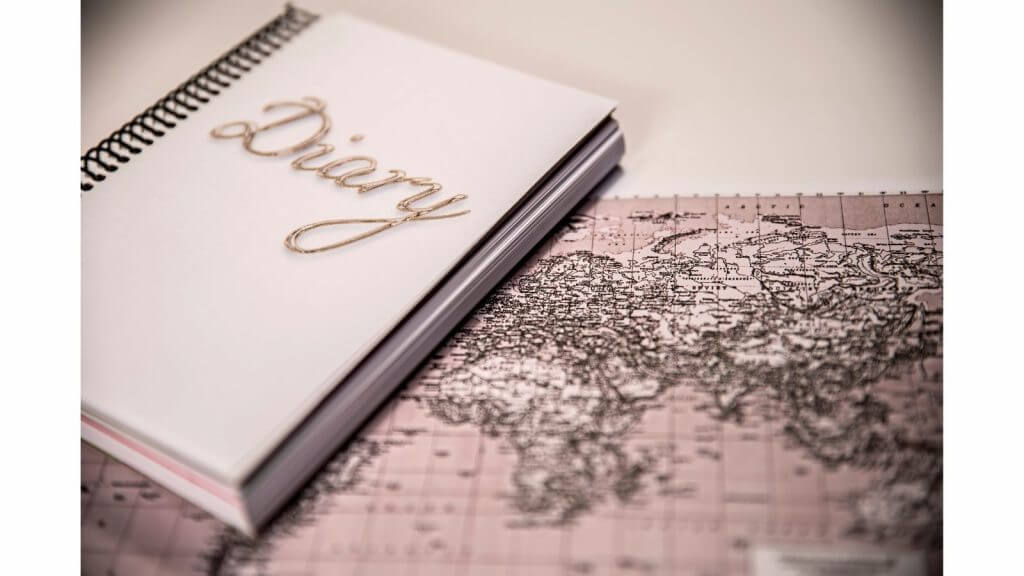
A Diary vs A Journal
A diary and a journal are similar in that they are both used to keep personal records. Diaries deal with more your day to day activities. On the other hand, a journal leans more towards thoughts, feelings and, frequently, broader ideas.
What diaries are for:
It is common to use a diary for tracking specific data and benchmarks. Some examples:
• A ships log to track weather conditions, movements, repairs and crew member wellbeing
• A travel diary to capture (and keep) your path and interesting experiences
• A wellness diary to keep track of your eating and exercise goals
• A running / cycling diary to easily view your personal bests and training schedule
What journals are for:
Journals are more casual, contain with intimate personal observations and ideas. Many people like to use colored pens and/or fill a journal with drawings and pictures. For example:
• Listing the things that you are grateful for to improve your perspective.
• Writing down your feelings after meditating to allow any thoughts and feelings to achieve actualization
• Sketching or doodling things of interest
Writing a journal vs a diary

Diaries are frequently written chronologically with the events for that day recorded real-time (or almost real time).
While a journal, could be used to record ideas for a project and may be a place to consider feelings about activities recorded in the diary. Most of us, when journaling, aren’t typically surprised about our feelings about a certain circumstance. The journal becomes a place to vent or outline possible solutions to a challenging situation. Just the act of writing allows us to release frustrations or fears and can provide clarity and resolution.
Taking your journaling further
As I mentioned above, most of us are not typically surprised at what we journal. However, if you really, really want to be more mindful and get quickly to the core of your experience, try non-dominant handwriting.
Why non-dominant handwriting? Why focus on this method of journaling when you could write in a more free-flowing way? Why would I write something I can’t even read?
When you write with your non-dominant hand, you’re so focused on forming the letters that the act becomes highly intentional. And that intentionality means your ego can’t interfere with the inspiration that is coming in.
That intentionality moves you toward a place of mindfulness.
A place that allows your to get out of your head and into your heart.
Looking for support as you start (or adjust) your journaling practice? My book, Inner Affirmations, can give you the tools for this more mindful journey.
If you want more support through this process, join our FREE journaling challenge community here.





